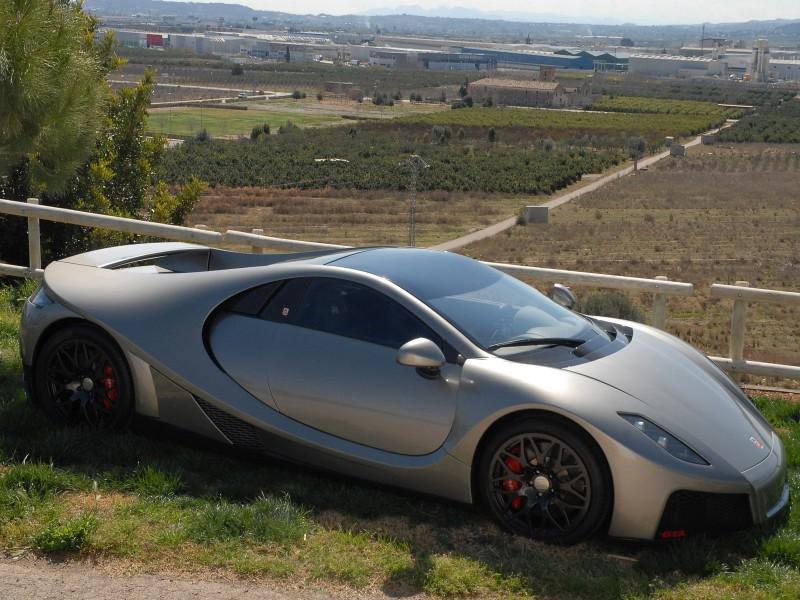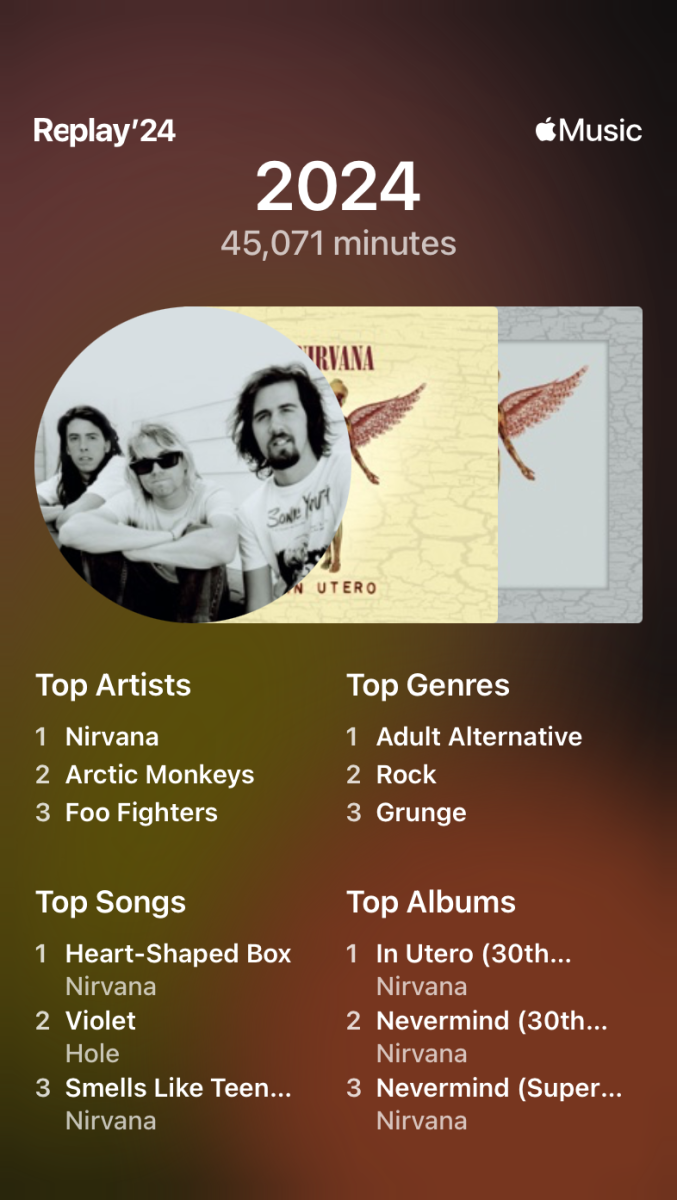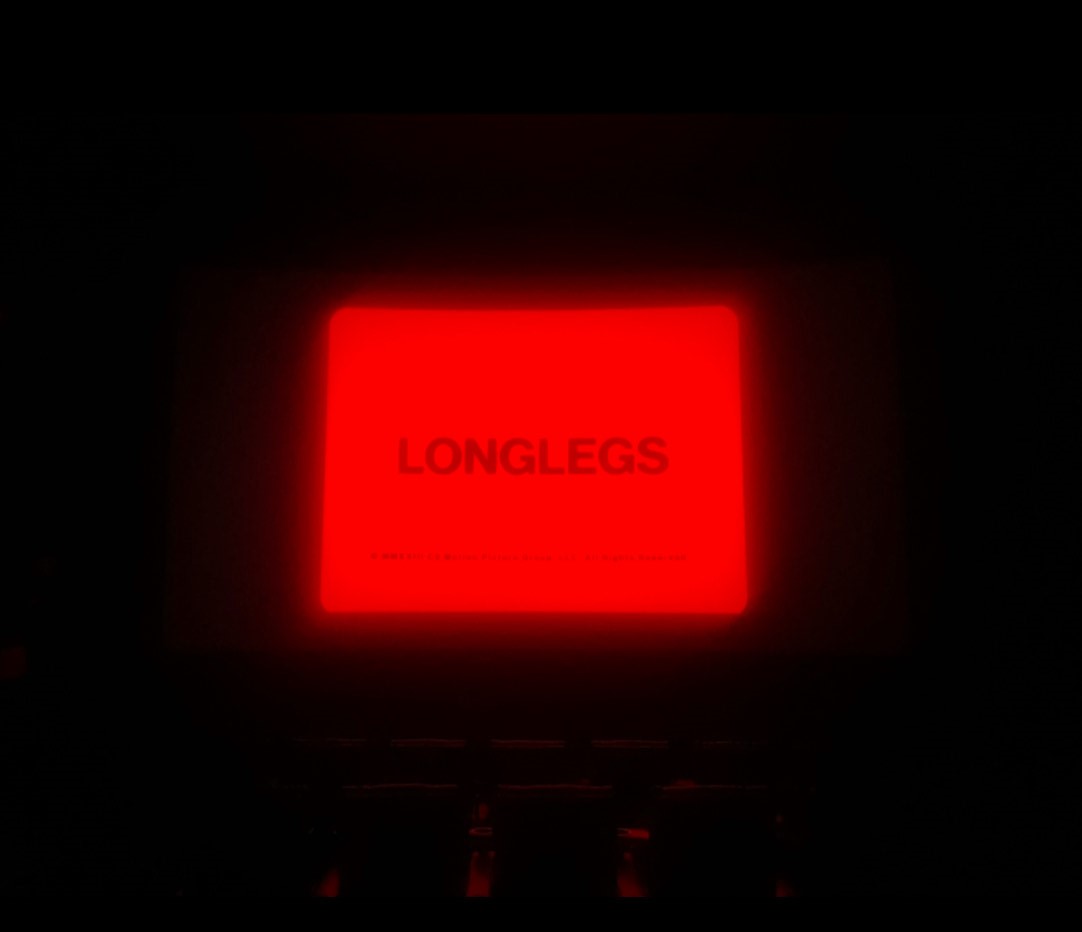Someone once said to me that ARC stands for American Russian College. Seems legit? I mean—Sacramento has a Russian diaspora of 4% or so. Walking around campus, I see plenty of compatriots (about one in almost every class I’ve taken here). Russian and Ukrainian are the third and fifth most spoken languages on campus, reportedly (4.02% and 1.50% respectively).
Spanish is the second language in the USA. Latinos Unidos club has a visible presence here on campus, and 2.25% of students report Spanish as their spoken language.
That being said, I wonder: how proud would our Slavic and Latino students be to know that Russia, Mexico and Spain make sports cars? Yep, sports cars. Not just that: cars that are visible in the automotive scene. Sadly, not as well known as Ferrari or Mustangs, for example. But both Marussia Motors (based in Moscow, Russia) and Mastrettadesign Tecnoidea SA da CE (headquarters in Mexico City, Mexico) are enjoying their share of spotlight.
Marussia is a relatively new company, established in 2007. Two sports cars have been rolling off its assembly lines: B1 and B2. Both are your typical sports car, with an expected styling, design and engines. However, they do have respectable stats (topping out at 420hp and 442 lb ft of torque, 3.8 0-60 acceleration). Besides being Russia’s first sports cars, these cars have unique interiors and are full or modern electronics (infotainment system, video camera, web access, etc). Fun fact: The B2 car is to appear in EA’s Need For Speed: World online racing game.
Mastretta was established in 1987 by Daniel Mastretta Guzmán and the MXT sports car has been in production since 2011. The MXT is a smaller sports car, it is hand-assembled and can be yours for about $58,000 (more than twice the price of a stock Mustang). The car accelerates from 0 to 60 mph in 4.9 second and has 250 hp. Not mind-blowing stats, but still respectable.
Then there is GTA Motors, from Spain, with their car, Spano, that looks interesting with 830hp and 2.9 seconds 0-60mph. How the car does remains to be seen. Personally, I don’t hold much hope for it with its €600,000 (about US $790,000) and limited production—only 99 of them to be built.
Doubtful any of these cars will ever be on campus; let’s face it, Ramen noodle budget can’t really afford a $58,000 investment like the MXT (much less Spano) and Marussia and Spano aren’t even to be exported to the United States last I checked.
It’s still nice to know these cars exist though, and do well enough in the car world.









